- Home
- slideshows
- miscellaneous
- The best US cities for growing old, according to economists
The best US cities for growing old, according to economists
10. San Francisco-Oakland-Hayward, California

9. Boston-Cambridge-Newton, Massachusetts-New Hampshire
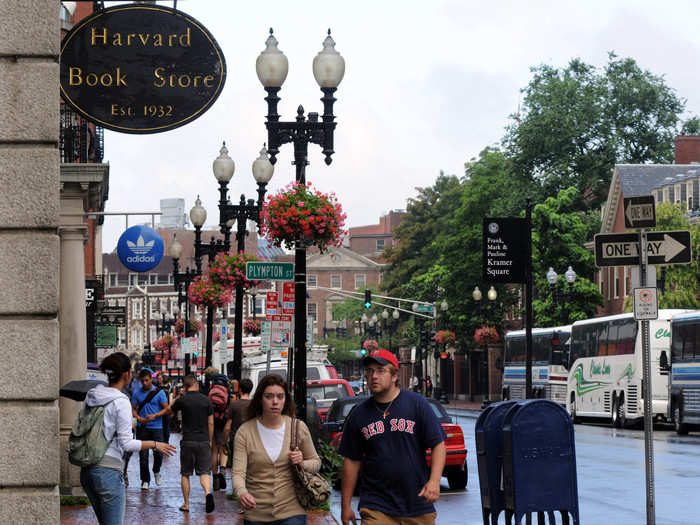
This metro area features many physical therapists, dialysis centers, nurse practitioners, and orthopedic surgeons. There are also low rates of Alzheimer's, numerous 65-plus workers, and strong funding for transit and programs focused on older adults.
But many Boston-area residents also deal with high tax burdens, expensive hospital care, and relatively high rates of depression in Medicare recipients.
8. Jackson, Mississippi
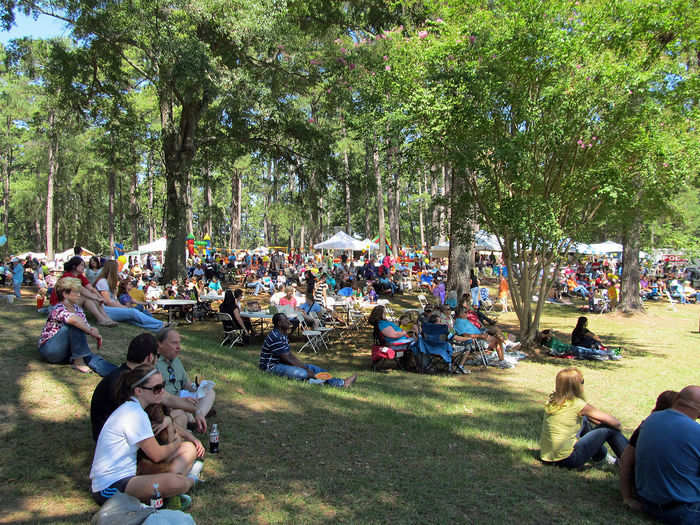
There is a low unemployment rate among older adults, a high number of civic organizations and geriatric facilities in Jackson. Hospital and housing costs are low, too.
At the same time, the city has a high rate of income inequality, slow employment growth, high levels of car crashes and crime, and low levels of Medicare enrollment.
7. Omaha-Council Bluffs, Nebraska-Iowa
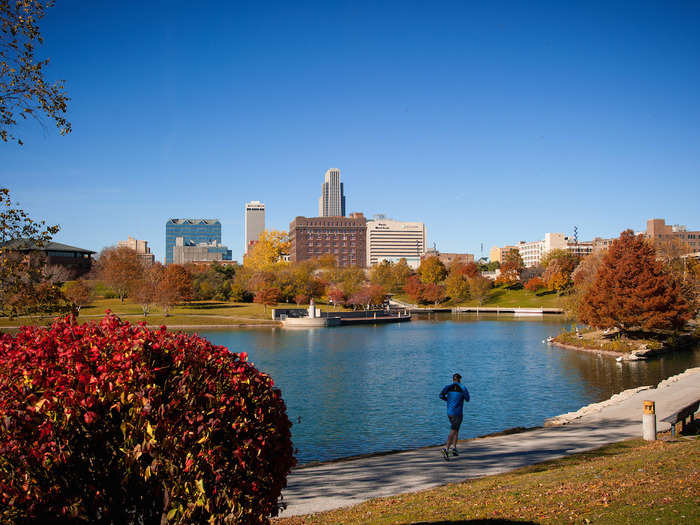
The Omaha-Council Bluffs area has a big volunteer community, an affordable cost of living, a low poverty rate among older adults, many fitness centers, and short commutes.
However, there are few hospitals and limited options for public transit.
6. Austin-Round Rock, Texas
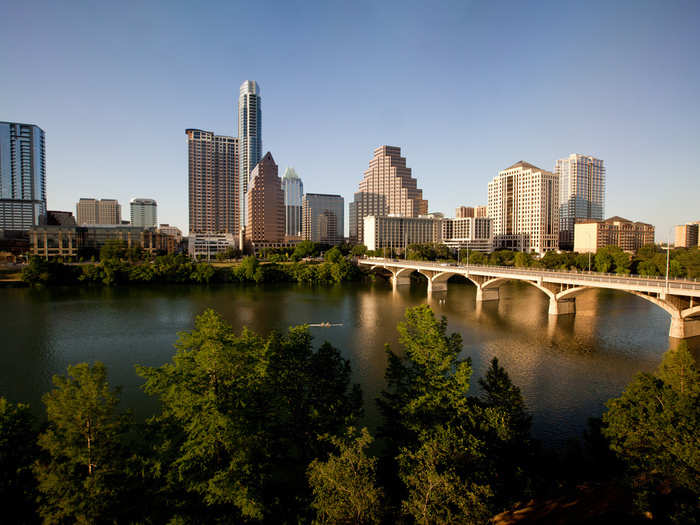
This metro area's high-tech economy encourages an internet-savvy older population, a high employment rate for older adults, and a thriving small business climate. People who live in Austin or Round Rock also report low rates of chronic disease.
However, residents deal with pricey housing costs, long commute times, and few grocery stores.
5. Des Moines-West Des Moines, Iowa
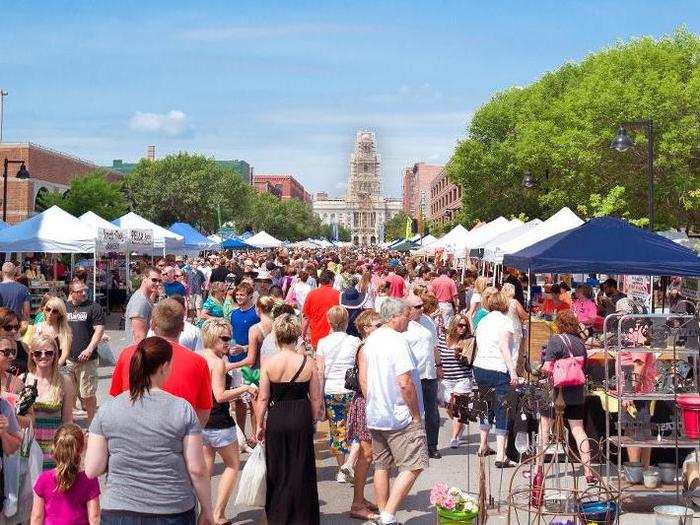
It's affordable to live and find opportunities for volunteering and recreation in Des Moines. Plus, medical services are affordable, and there's a large service industry with many older workers here.
Still, the area has sparse public transit and comparatively high rates of obesity.
4. Salt Lake City, Utah
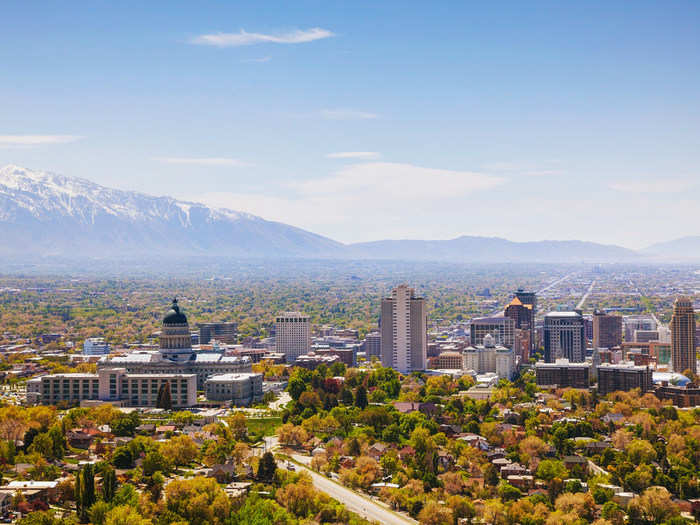
Salt Lake City residents have easy access to financial services, cultural and recreational amenities, and low rates of diabetes and obesity. Among those 65 and older, there are low rates of poverty and income inequality, a high number of volunteers, and ample geriatric, physical therapy, and Alzheimer's services.
But the city does not invest much in programs serving older adults. There are also few fitness facilities, a large number of fast-food chains, and housing is pricey for the region.
3. Durham-Chapel Hill, North Carolina
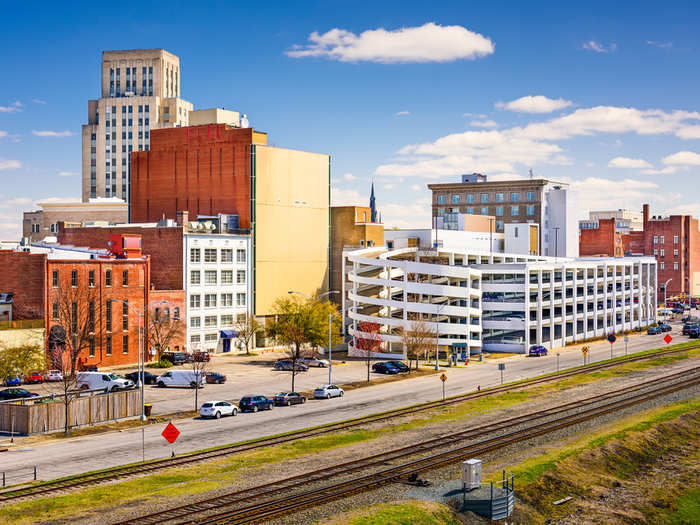
This metro area's hospitals are among the best in the nation. Durham-Chapel Hill boasts a high rate of employment rate in health, education, hospitality, and leisure industries, too.
At the same time, there are also high Alzheimer's rates, comparatively high chronic illness levels, as well as high income inequality and inadequate public transit here.
2. Madison, Wisconsin
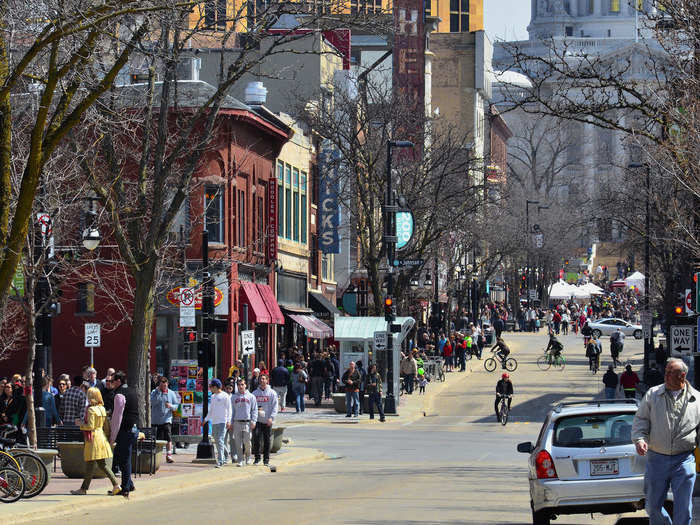
Madison features an array of health services and short ER waits. Many residents also walk to work, attend fitness centers, and volunteer here.
However, the city has high taxes, substantial unemployment among older adults, and few home-healthcare providers.
1. Provo-Orem, Utah
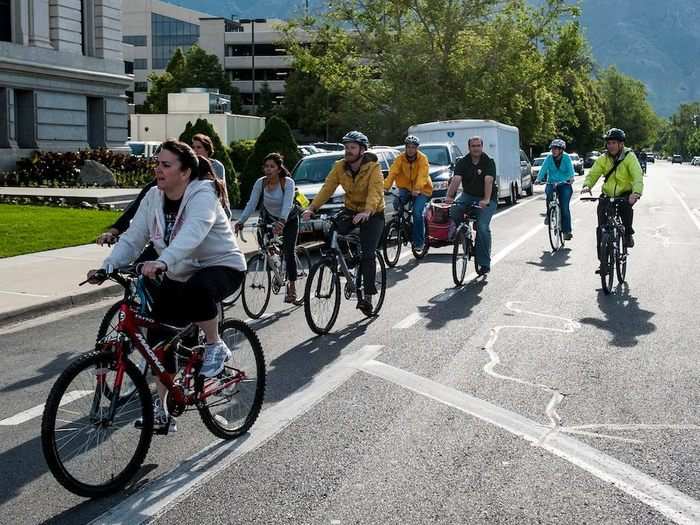
The Provo-Orem area stood out for its low rates of diabetes, Alzheimer's, and obesity; a large 65-plus population that lives at home; high levels of volunteerism and internet usage among older adults; high employment growth; low crime and car-crash rates; recent accessibility improvements in public transit; and narrow income gap.
But the researchers also note that Provo-Orem's healthcare services can be expensive, and there is meager funding for older-adult programs.
The report's top US cities can address the fact that people are living longer, and many want to age in their current neighborhoods, according to the researchers.
"When communities enable aging adults to work, learn, volunteer, and participate socially and economically, the benefits accrue to younger people and the broader society as well," the report reads.
In 2014, Milkens also created the Mayor's Pledge, a set of guidelines for age-friendly policies. Nearly 200 mayors across the US have signed the pledge.
Popular Right Now
Popular Keywords
Advertisement